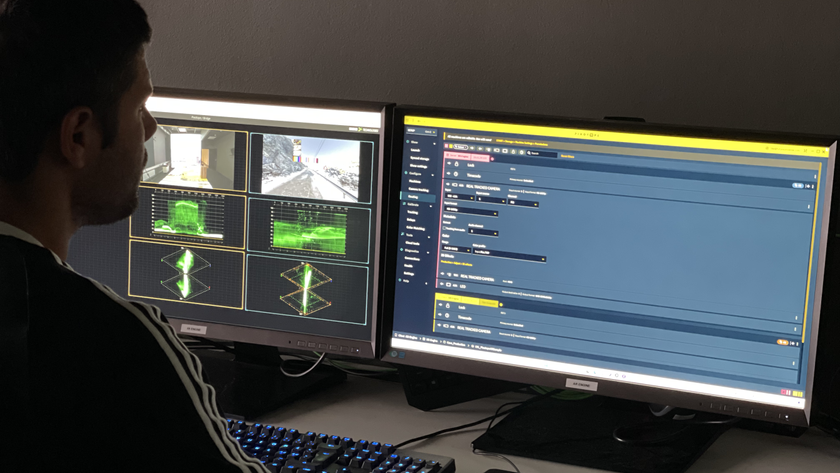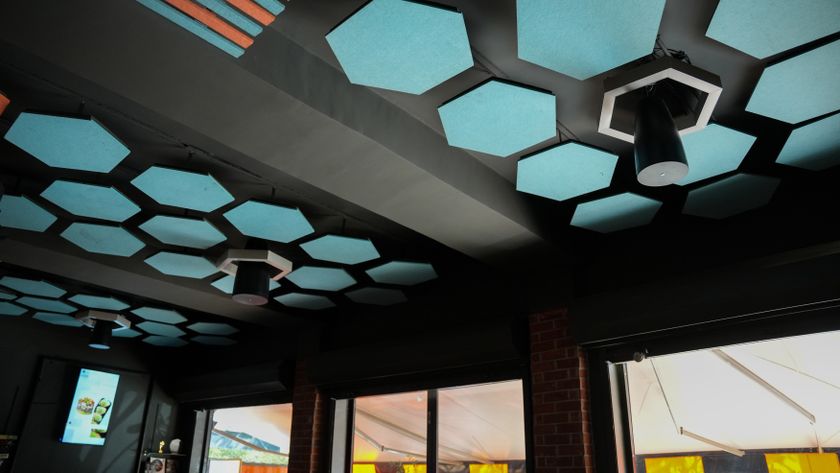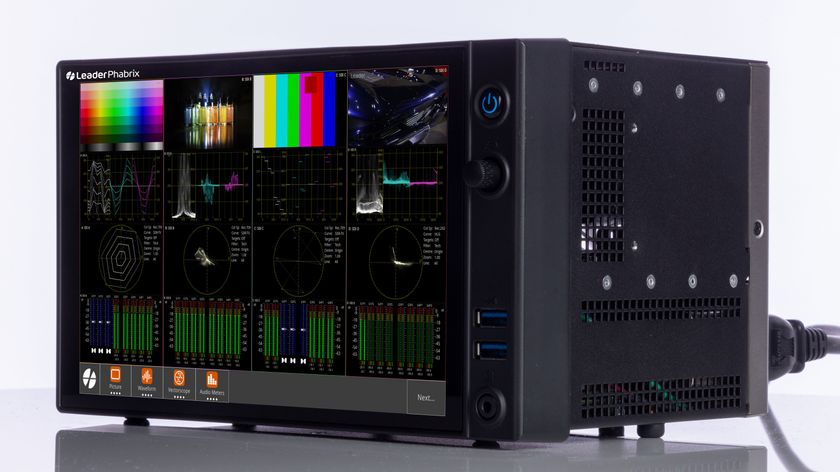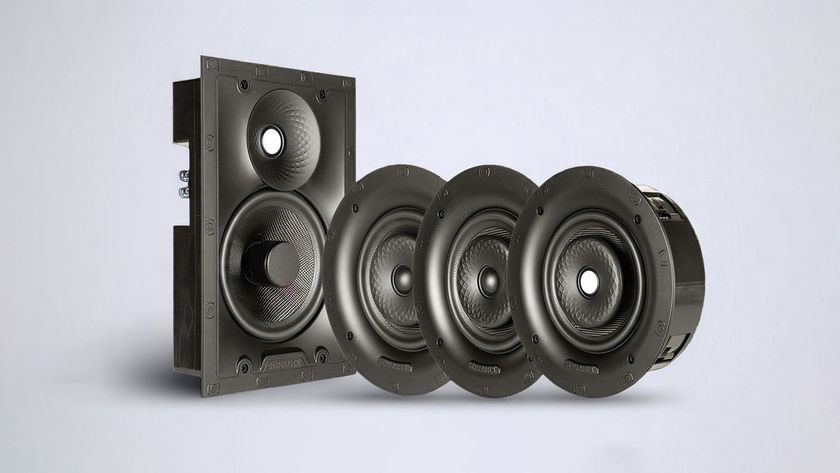We’ve all had a good chuckle at the oversized electronics of the not-too distant past. Often, those self-coconscious giggles erupt when viewing films or TV shows from way back in the 1990s, the first decade where technology began outgrowing itself at a strikingly fast pace. Catching a glimpse of the giant VHS cameras hauled around by characters “videotaping” family events, ancient CRT screens in a “high-tech command center,” or even the relatively mundane presence of dated cell phones (with antennas!) are enough for the techsavvy to carbon-date the film.
New technology has humbled preceding efforts so completely, it’s more akin these days to the fickle fashion industry. Except fashion tends to bring styles back into vogue, where technology just dispenses with its dated progenitors without second thought.
At least one giant technological ’90s relic remains impressive in its hulking presence. Now on display for an adoring public at the Smithsonian National Air and Space Museum is a camera the size of a baby grand piano. The Wide Field and Planetary Camera 2, as it is affectionately named, resuscitated the Hubble Space Telescope’s mission in 1993 after a fatal flaw was discovered in the main mirror soon after its launch three years prior.
In a corrective measure that enabled the Hubble to produce countless images which have revolutionized our understanding of space, the tremendous camera’s optics were adjusted to compensate for the malfunctioning mirror. Once installed in the Hubble, the camera stayed in orbit for 15 years. Now that it has been returned to earth, it seems fitting that it is in fact a giant technological relic—one that has seen further than we ever imagined possible.
Even 20 years later, the Hubble mission retains its impressive stature. In a similar way, the relics of AV electronics’ past provide a benchmark for how far we’ve come. As hardware continues to shrink, what will be most important in the next decade is vision, and the corrective measures put in place by every company to refract the glare of a challenging economy into a focused plan for the future.
A look at the 2009 SCN Top 50 Systems Integrators chart in this issue will ultimately reveal much about the business universe. But this exploration doesn’t end with the list, as there are many more stars beyond, and we can learn from all of them. Our congratulations go to all who comprise the growing and changing industry on which we report. Please keep sending us your reflections from out there in the universe.











